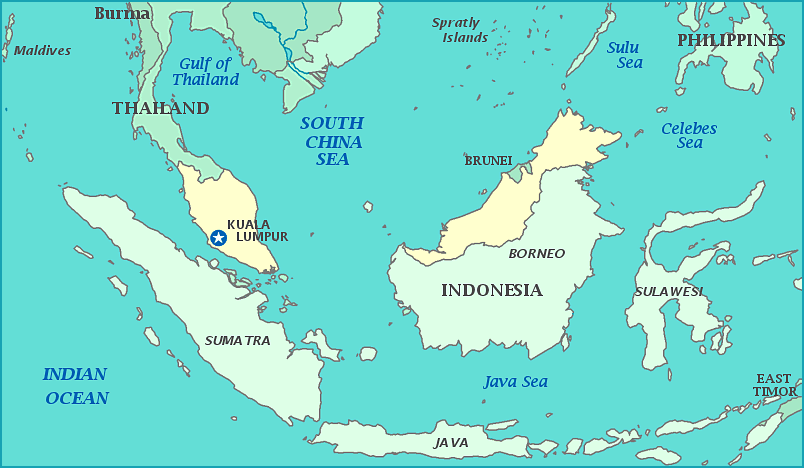The “gypsies”, now more appropriately referred to as Roma, are a dark-skinned cultural group known for their itinerant lifestyle in Eastern Europe and other parts of the world. Many people mistake them for people of Egyptian descent, hence the misnomer “gypsy”, but they are actually of Indian descent. They originated from India and migrated to Eastern Europe as far back as the 14th century.
Hapsburg Empire to Gypsy Music
Originally, the gypsies were not allowed anywhere in the Austrian territory of the Ottoman Empire. However, that all changed when the Hapsburgs took over. The Hapsburgs allowed the gypsies to stay and roam the land. Therefore, the gypsy influence began to spread. The Roma influenced the artistic lifestyle of the region, especially in cultural capitals such as Vienna and Budapest, during the 18th and 19th centuries.
The white Europeans started to view the gypsies as almost magical. They roamed from place to place, made campfires and danced and sang around them. Gypsy music played on the streets in Vienna and Budapest. Europeans saw them as fun-loving spirits. On the other hand, the love for the Roma stopped with the fun and artistic influence. Europeans also viewed the Roma as troublemakers and thieves, who refused to integrate into white society.
Gypsy History of Nazi Regime & World War II History
From the 19th to the 20 century, the gypsies continued to roam the Eastern European countryside. Then Hitler and World War II came. Hitler had a great hatred for the gypsies. He viewed them as a lower class of people, but they were not a priority to exterminate, such as the Jews. The gypsies were rounded up and put into designated gypsy concentration camps. The Nazis classified them into these three groups: gypsies, partial gypsies and wanderers, or nomads. Much like the Jewish star, the gypsies wore black patches, green triangles and the letter Z.
As gypsy Holocaust survivor and Winter Time author Walter Winter reports, the gypsies were known as tough individuals in the camps. Many stood up for themselves and the people around them. Winter himself stood up to the dreaded doctor Josef Mengele, who was charmed by Winter’s confidence and granted Winter’s request for a little while to give more rations to the gypsy children.
Interestingly enough, after World War II ended, the gypsies did not flee to America like many Jews, but in fact, returned to Germany. Winter says, “they were not sophisticated people; they didn’t speak English; the idea of emigrating to America was just too wild to countenance. So they picked up their lives as best they could.”
When the gypsies returned to Germany, the persecution began all over again. White Europeans complained of their existence and accused them of thievery, according to Winter. However, many Eastern Europeans and tourists will agree that many gypsies pickpocket and steal from people in crowded city areas.
Today, the existence of the gypsies is still very present in Eastern Europe. There are an estimated six to 12 million gypsies in Europe, but they still face difficulties in living alongside other Europeans.






















